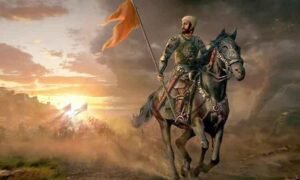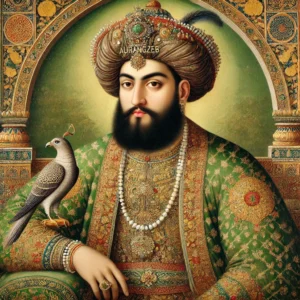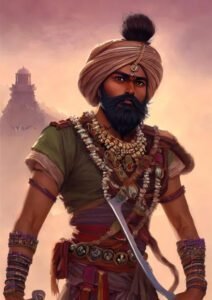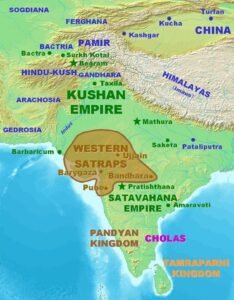The Battle of Samugarh (1658): Aurangzeb’s Path to Power
The Mughal Empire witnessed one of its most defining battles on May 29, 1658, when the Battle of Samugarh determined the fate of its throne. This conflict, fought between the sons of Emperor Shah Jahan, marked the decisive moment in the Mughal War of Succession and paved the way for Aurangzeb’s reign.
Background: A Struggle for the Throne
In 1657, Emperor Shah Jahan fell seriously ill, sparking a brutal war among his four sons—Dara Shikoh, Aurangzeb, Murad Baksh, and Shuja—each vying for the throne. Shah Jahan’s favored heir was his eldest son, Dara Shikoh, known for his liberal and syncretic approach to Islam and Hinduism. However, his brothers, particularly Aurangzeb, saw him as weak and unfit to rule.
After defeating their brother Shuja at the Battle of Bahadurpur, Dara prepared for his greatest challenge: stopping Aurangzeb and Murad Baksh, who had already crushed the Rajput forces loyal to Dara at the Battle of Dharmat (April 1658). The two brothers advanced toward Agra, where Shah Jahan was still in power, forcing Dara into an open confrontation at Samugarh, near the Yamuna River.
The Battle of Samugarh
With approximately 50,000 troops, Dara Shikoh initially had the numerical advantage over Aurangzeb and Murad Baksh’s combined 40,000 troops. However, Aurangzeb, an experienced and shrewd military strategist, capitalized on Dara’s tactical weaknesses.
The battle unfolded as follows:
- Dara’s critical mistake was personally leading a charge on an elephant, exposing himself to enemy fire.
- Seeing their leader vulnerable, Dara’s forces panicked when rumors spread that he had been killed.
- Aurangzeb, known for his discipline and patience in warfare, held his forces steady, allowing the chaos in Dara’s ranks to escalate.
- As Dara’s army collapsed, he was forced to retreat to Delhi, ultimately sealing his fate.
The Aftermath: Aurangzeb’s Ascendancy
Following his defeat, Dara Shikoh attempted to regroup but was betrayed, captured, and executed in 1659. Aurangzeb, now the uncontested power, imprisoned Shah Jahan in the Agra Fort, where he remained until his death in 1666.
Aurangzeb formally declared himself Emperor in 1658, marking the beginning of his long and controversial reign. His rule would shape the future of the Mughal Empire, expanding its territory but also setting the stage for its eventual decline due to his rigid policies.
The Battle of Samugarh was more than just a military engagement; it was a defining moment in Indian history. It marked the triumph of Aurangzeb’s ruthless ambition over Dara Shikoh’s vision of a more inclusive empire. The battle not only changed the course of the Mughal dynasty but also had lasting consequences for India’s political and cultural landscape in the years to come.
Would Dara Shikoh’s reign have led to a different India? History leaves us with that question, but the Battle of Samugarh ensured that it would never be answered.






